Reducing Your Insurance Costs ... Distinguishing Bad Advice from Good Advice
Many Americans are struggling financially in the current economy, particularly those struck by lay-offs, and are faced with tough decisions about how to reduce expenses.
Start a Quote Online Find an Agent
Many Americans are struggling financially in the current economy, particularly those struck by lay-offs, and are faced with tough decisions about how to reduce expenses. As a result, much has been written in recent months about how to reduce insurance premiums as one aspect of a belt-tightening strategy. Unfortunately, too much of this advice has been BAD and much of this bad advice comes from consumer web sites and publications that have little understanding of insurance and risk management. The purpose of this article is to identify some of the bad advice being bandied about and to reinforce some of the good advice. It concludes with 10 reasonable things you can do to reduce your insurance costs.
The first myth we want to dispel is that all policies are alike, the difference only being the price. Insurance policies are legal contracts and, aside from some industry standards, each insurer's policy is unique. Some cover far more or less than others. For example, some auto policies do not cover non-owned autos. Do you ever drive someone else's car? Some auto policies do not cover business use. Do you ever run by Office Depot, the post office, or the bank on behalf of your employer? Some auto policies exclude undisclosed household residents. Is it possible that a child might move back home for economic reasons and you forget to tell your insurance agent? Might you drive that resident child's car after they move in? Did you know that some auto policies won't cover you while driving a resident family member's car? Has a family member taken on a second job delivering pizzas to make ends meet? Some auto policies cover this, some don't.
These are all very real examples of coverage shortcomings that the "low cost" auto insurance advertisers don't tell you about. In fact, if you ask to see their policies before buying, chances are you won't get a copy. Consumers shop for most things based on value, not just price. The same should be true for insurance which is far too often portrayed as some sort of homogenous commodity. So the next time you see a cute or clever sales pitch from a lizard, cave man, or giggling Walmart-like "pick your price" aisle clerk, ask what you're buying. The amount of coverage you need depends on your exposure to loss and what assets and income you need to protect today and in the future, not what you'd like to pay.
A second myth is that you can rely on insurance advice from consumer web sites and publications. Sadly, consumers often accept insurance advice from attorneys, plumbers, roofers, cops, and accountants before they'll listen to their own insurance agent. A major national publication included advice from a "consumer expert" that recommended dropping replacement cost coverage for "actual cash value" coverage, something that is likely to save the insured little in exchange for much in the way of lesser coverage. In the late 1980s and early 1990s, Charles Givens made a name for himself, in part, by recommending that consumers drop various kinds of insurance. Lawsuits ensued when consumers who followed his advice suffered catastrophic uninsured losses.
One popular consumer insurance web site recommends that consumers consider dropping their physical damage and uninsured motorists coverage completely while reducing their liability coverage to the state minimum requirements. At a time when consumer assets are at their greatest peril, now is not the time to be reducing or eliminating critical coverages that protect you from catastrophic loss. The article shows that, by dropping your liability limits from 100/300/50 to 25/50/10 and eliminating the physical damage and uninsured motorists coverages on your auto, you can reduce your total premium by just over 50% on average.
What they don't show is that the average values of the autos they used in the examples ranged from $12,000 to $22,000 according to Kelly's Blue Book. How many economically depressed or out-of-work families can afford even a $12,000 loss, much less a 6- or 7 -figure liability claim? Auto liability limits of 25/50/10 mean that each person you negligently injure in an auto accident gets no more than $25,000 ($50,000 total for all injuries) and any property damage you cause, such as damage to the other vehicle, is limited to $10,000. Is it possible that a hospital bill might exceed $25,000? Is it likely that the other vehicle you total is worth more than $10,000? Of course, particularly considering that all of the autos they used in their examples of how you can save money by dropping physical damage coverage were worth more than that!
According to the Insurance Research Council, 1 in 6 drivers may be driving uninsured by 2010. With the number of uninsured drivers already over 25% in some states, what happens when a family member is permanently disabled by an uninsured driver and the family has dropped its uninsured motorists coverage? A much better recommendation would be to begin cost-cutting measures by eliminating the purchase of pizza, cigarettes and beer instead of critical insurance coverages.
A third myth is that you can drop some coverages because others exist to pay in their absence. For example, so called financial experts may recommend dropping uninsured motorists and medical payments coverage on an auto policy if you have health or workers compensation insurance. Uninsured motorists insurance covers much more than just medical expenses. Given the growing number of uninsured motorists, removing or reducing this coverage can expose you, your family members, and passengers to catastrophic loss.
In the case of business insurance, many business owners are looking, if the law permits, to drop workers compensation insurance or have officers with strong health insurance plans exempt themselves. Workers compensation typically pays UNLIMITED medical benefits, plus disability, rehabilitation and even burial benefits. In addition, some health insurance plans exclude work-related injuries or work injuries that could have been covered by workers compensation. Some businesses are considering eliminating business interruption insurance even though studies have shown that few businesses survive a major loss long enough to be able to reopen their doors.
A fourth myth is that you should insure the market value of your home or business building. Market value is based not only on the cost to rebuild but also on the value of the location and land value. It's also a function of how much someone is willing or able to pay for your property based on their financial position and the ability to obtain a loan. Your insurance limit is based almost exclusively on the cost to repair or replace the building. The market value can be significantly higher or lower and, just because the market value of your home or business building has declined doesn't mean you should reduce your insurance limit. In fact, while home prices countrywide have declined measurably in the past year, the cost to rebuild those homes has risen about 4%.
These are just a few examples of what consumers and business owners are doing to reduce their insurance costs, many of these approaches coming from extraordinarily bad advice from consumer writers and others who lack the knowledge to understand what they are suggesting. Attorneys, for example, often suggest that youthful drivers be placed on their own minimum-limits policies (and their vehicle titled in their name if possible) in order to insulate the parents' assets from a lawsuit. Many, if not most, auto policies have an exclusion that would result in the parents having NO coverage under their own policy for some claims, an unintended consequence that arises from advice given by someone who lacks the intimate understanding of the insurance contract necessary to provide sound insurance advice.
So, what are some reasonable approaches that CAN be taken to reduce or control insurance costs?
10 Things You CAN Do to Control Insurance Costs
-
Investigate coverage and product options with your independent insurance agent. One of the advantages of using an independent agent is that s/he represents a number of insurers with different products and can assist customers in fitting the right product at the right price for the unique exposures you present. Keep in mind that a lower price often means inferior service and lesser coverage, possibly lesser to a greater degree than the premium decrease. Also note that this tip deliberately avoids advising you to "shop around" because that implies price comparisons should drive the decision.
-
Carefully consider whether increasing deductibles NOW is appropriate. While increasing a deductible can save money, it's important to do it at the right time. Don't raise the property deductible well past the point of sensible premium reduction on the theory that "it will never happen to me" ... insurance purchasing decisions are often made with little regard to post-loss consequences of our current buying decisions. A higher deductible could pay for itself in 3-5 years, but it could take 7-10 years and not be a good investment. The preferred approach is to increase deductibles during good economic times when you can afford a $1,000- $2,500 loss while accumulating a deductible fund that can be used during hard times if a loss actually occurs then.
-
Consider multiple-policy discounts. This is common advice and generally good advice. Having homeowners, auto, and umbrella policies in the same company will likely save money and, perhaps even more important, will make it less likely that a coverage gap will show up when more than one insurance company is involved in a claim. Likewise, in business insurance, having general liability and auto coverage in the same insurer using "I SO-standard" or superior forms is often critical.
-
Ask for credits. Too often, consumers are entitled to credits for alarms, extinguishers, good student driving discounts, etc. but the agent is not aware of them. Ask your agent for a list of everything that could reasonably reduce your premium and see if you can meet those standards. A good example is how your auto is rated for use. If you're laid off from work or you've found a job closer to home, you might very well be entitled to a lower premium. Unless you tell your agent about these kinds of changing circumstances, you won't reap the benefits of reduced risk.
-
If you're going to drop coverages, consider dropping noncritical coverages. Examples include towing and rental reimbursement, credit insurance, etc. Your independent agent can assist you in making these decisions. Consider discontinuing high-risk activities such as using A TVs, jet skis, etc. Catastrophic injuries are common with vehicles of these types.
-
CAREFULLY consider dropping physical damage coverage on your vehicles. As outlined above, this is not always a good idea unless you can absorb a significant 4- or even 5-figure loss. Keep in mind, too, that as an auto loses value, the physical damage premium generally declines as well. Do not be fooled by any simple formula that says you should drop coverage when the value of the vehicle drops below "X" times the premium. You should base your decision on what you can afford to lose and, if your car was destroyed and you could not replace it, how would that affect you financially.
-
Weigh risk management alternatives to insurance. For example, you could place jewelry in a safety deposit box rather than scheduling it. Needless to say, this is probably more risky, but it's a reasonable consideration. Also, do not cut back on maintenance and loss control procedures that yield long-term benefits like the reduction of frequent losses and those often excluded by insurance policies.
-
If necessary, sell some possessions. Can you get by without certain autos, motorcycles, ATVs, jet skis and boats, homes, jewelry, guns, etc.? If so, you can drop the insurance on those items. However, it is generally a good idea to not drop insurance on property until your exposure to loss no longer exists. This is especially true of any possession that has a significant liability exposure.
-
Seek expert advice. Start with your independent insurance agent who is familiar with you and your circumstances, not a consumer web site or publication that presents generalized, sometimes suspect, advice, nor someone who lacks the training and experience to provide sound insurance advice. Work with your agent to seek outside advice from other experts. If you are getting insurance advice from your attorney or accountant, run it by your insurance agent to see what impact it might have on your policy coverages.
-
Question any advice you get, even the advice in this article! It may not be right for YOU. Before you make decisions to reduce or eliminate insurance coverages, assess your risks of loss. What are your exposures? What can you lose? What exposures represent losses you cannot afford? What exposures can you retain? The quality of your decisions may be the difference between economic survival and bankruptcy. Carefully chose an insurance representative who can help assess risk with a degree of sophistication and business acumen.
Copyright 2009 by the Independent Insurance Agents & Brokers of America. All rights reserved.

We'll Shop Around So You Don't Have To
Start a quote by filling out our online application providing us with the basic information we need to perform a quote. It only takes a few minutes and we'll respond within one business day.
Start a Quote Contact UsWe're Hiring
We're looking for industry experienced folks to join our team. Contact us at 406-652-4180 to inquire.
Is Our Business Model Old Fashioned?
When you buy insurance, do you want a door to walk through for service?
serviceIs there a Value to Having a Local Agent?
There is no doubt that we've all seen better times in the insurance marketplace. We all feel a bit helpless as prices go up, policy terms change and we wonder if there is anything we can do.
service auto homeOur Insurance Partners

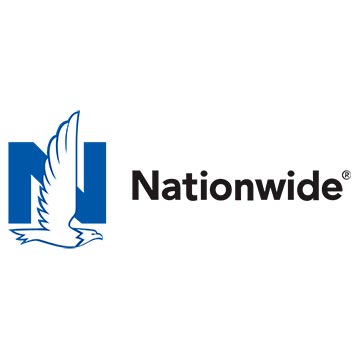
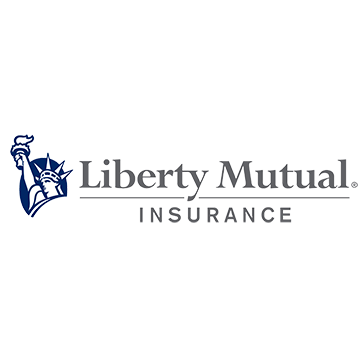




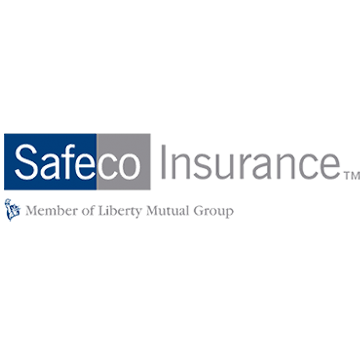
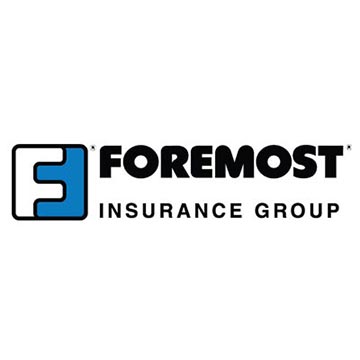
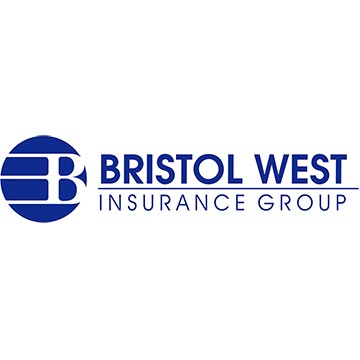
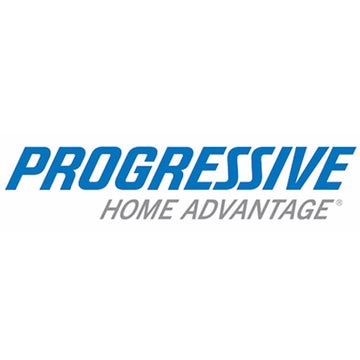
— Protecting Everything You Value Most —
Darnielle Insurance is available to answer your questions. We are located at 1320 28th Street West, Billings, MT 59102. Give us a call at 406-652-4180.